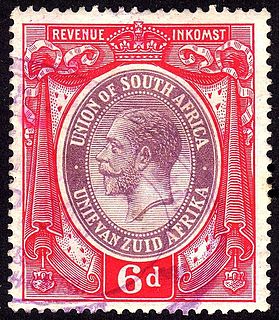This is a survey of the postage stamps and postal history of Bechuanaland Protectorate.

Stellaland was a short-lived Boer republic from 1882 until 1885, located in southern Bechuanaland, west of the then South African Republic, with Vryburg as its capital. It was incorporated in British Bechuanaland in 1885. British Bechuanaland was subsequently incorporated into the Cape of Good Hope in 1895.
This is a survey of the postage stamps and postal history of British Bechuanaland.
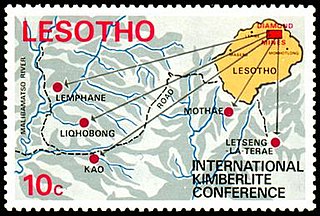
This is a survey of the postage stamps and postal history of Lesotho, formerly known as Basutoland.
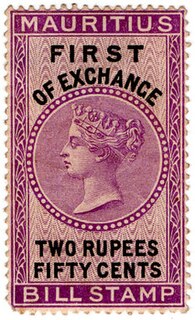
Mauritius issued revenue stamps from 1 March 1869 to 1904. There were various types of fiscal stamps for different uses.

Zanzibar issued revenue stamps from when it was a British protectorate in 1892, to after when it became part of Tanzania in 1993.

The British colony of Zululand issued revenue stamps in 1888. The only set consisted of seven values of 1d, 1s, 5s, 9s, £1, £5 and £20 of Natal revenues overprinted ZULULAND in a similar overprint to that used for postage stamps. The 1d later became valid for postal use as well. All the higher values now command high prices and are quite rare. In addition to this issue, the same Natal £5 is known with a different overprint in violet, but it is not known if this was a legitimate issue or not.

The island of Cyprus first issued revenue stamps in 1878 and continues to do so to this day. The Turkish Republic of Northern Cyprus also issues its own revenue stamps.
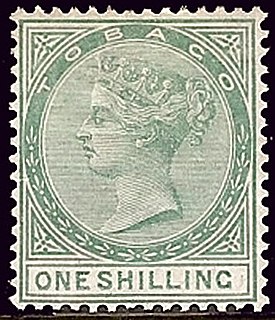
Trinidad and Tobago, formerly divided as two separate colonies, issued revenue stamps from 1879 to around 1991.

British Guiana, now known as Guyana, first issued revenue stamps in 1865 and continues to do so to this day.
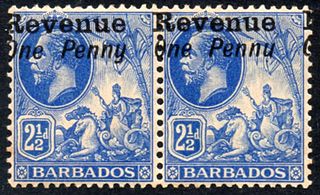
The island of Barbados first issued revenue stamps in 1916. There were various types of fiscal stamps for different taxes.

Basutoland, now known as Lesotho, first issued revenue stamps in 1900 and continues to do so.

The South African Republic (ZAR), later known as Transvaal issued revenue stamps from 1875 to around 1950. There were a number of different stamps for several taxes.
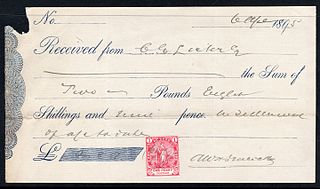
Cape of Good Hope issued revenue stamps from 1864 to 1961. There were a number of different stamps for several taxes.

Kenya, formerly known as British East Africa issued revenue stamps since 1891. There were numerous types of revenue stamps for a variety of taxes and fees. Also valid for fiscal use in Kenya were postage stamps issued by the following entities:

Nyasaland, now known as Malawi, first issued revenue stamps as British Central Africa in 1891 and continued to do so until the late 1980s.

Hong Kong issued revenue stamps from 1867 to the 1990s, both when it was a British colony as well as when it was under Japanese occupation.
Few revenue stamps of Nigeria and its predecessor states have been issued, since most of the time dual-purpose postage and revenue stamps were used for fiscal purposes. The first revenue-only stamps were consular stamps of the Niger Coast Protectorate and the Southern Nigeria Protectorate, which were created by overprinting postage stamps in 1898 and 1902 respectively. The Northern Nigeria Protectorate did not issue any specific revenue stamps, but a £25 stamp of 1904 could not be used for postal purposes due to its extremely high face value.
Revenue stamps of British Somaliland refer to the adhesive revenue or fiscal stamps which were issued by British Somaliland, a British protectorate in present-day Somaliland, between 1900 and 1904. All Somaliland fiscals were revenue stamps of India overprinted BRITISH SOMALILAND.





